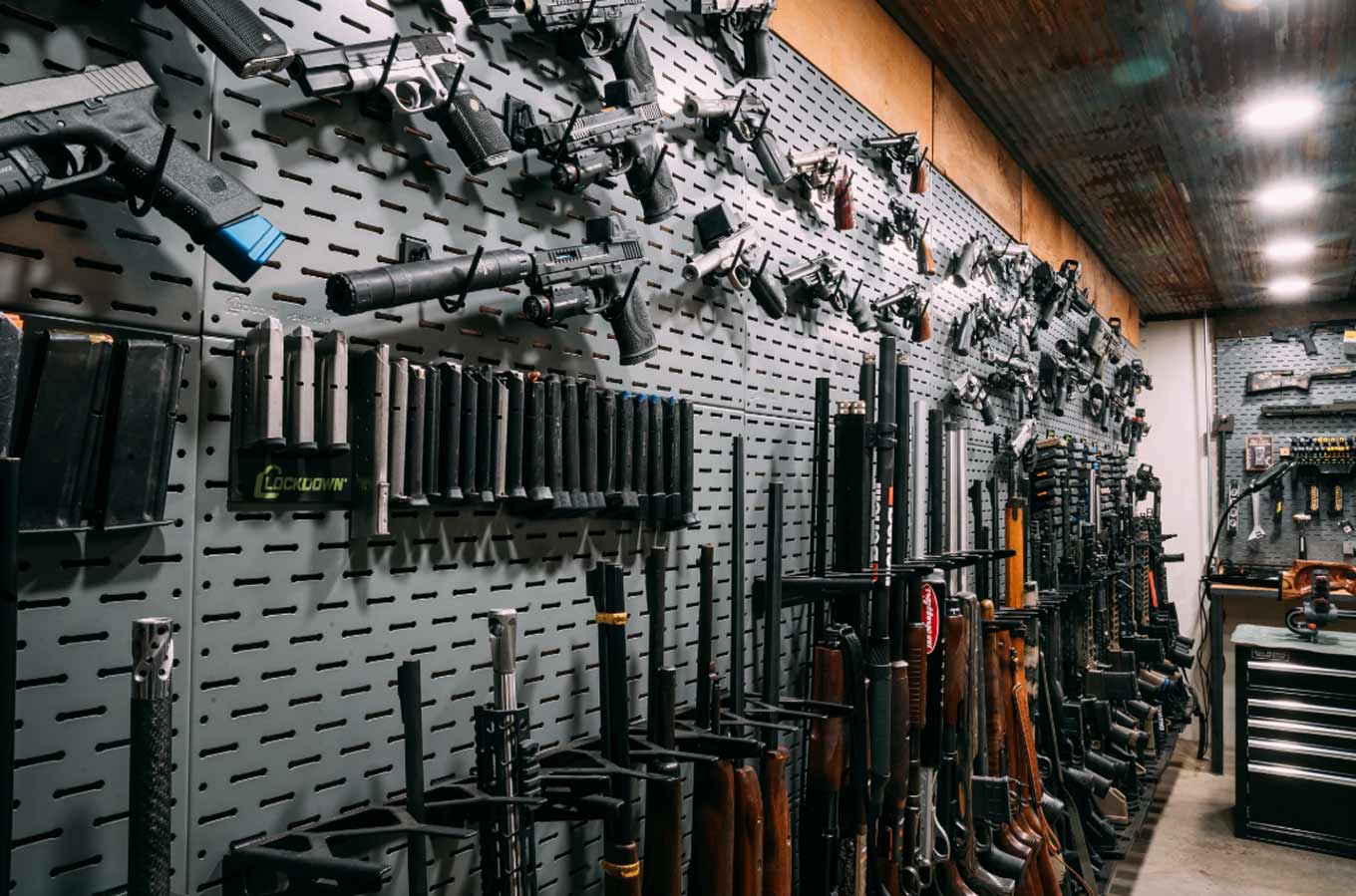If you’re considering increasing the security capabilities of your home with a safe room, you’re thinking smart. Having a safe room adds value to your home and security for your family and valuables. But where do you start? Can you just add a vault door to any interior room and call it a safe room?
We’re going to discuss creating an effective safe room in your home. The most important things to consider when creating a safe room are the hardening of an existing door, installing an actual vault door, and determining what to keep inside your safe room.

